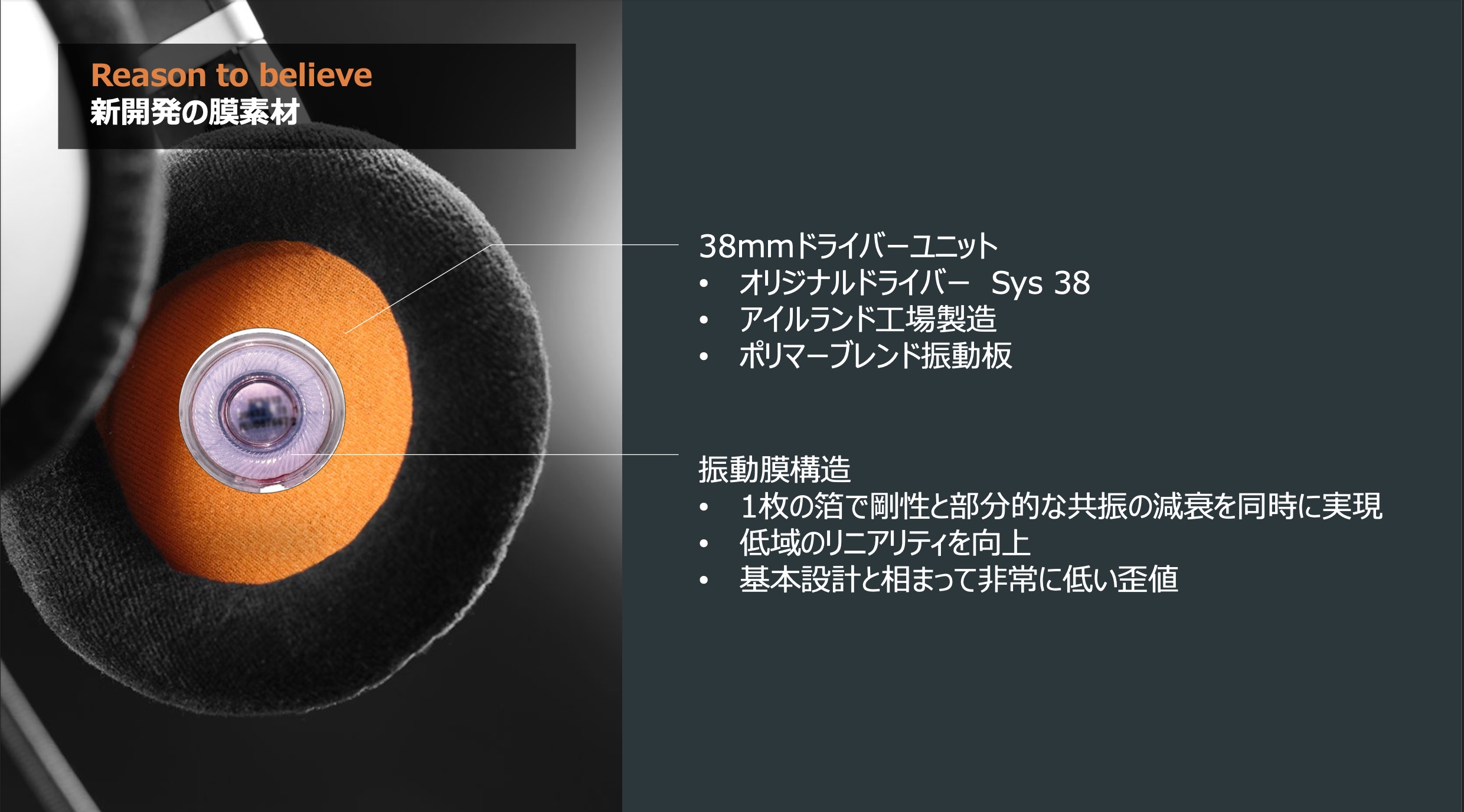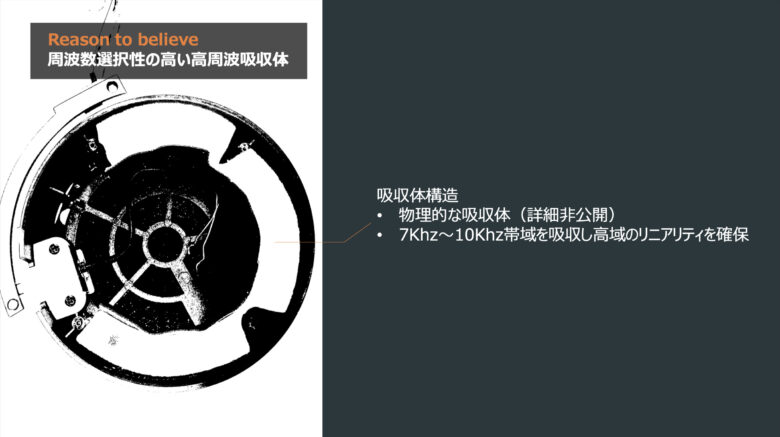solderdude
Grand Contributor
And I hear with my own ears that in the low-frequency range they are not identical at all.
When everything above 700Hz is lower in amplitude this is similar to everything below 700Hz being boosted.
The damping scheme of the driver differs for sure, the part around the driver and pads as well.
So the HD560S and NDH30 are completely different headphones in every sense of the word.
The driver may have the same magnet and even have the same membrane and driver but that's the only thing that these headphones may have in common.
The HD560S thus (certainly acc to measurements) is not a 'low budget' NDH30 at all.




